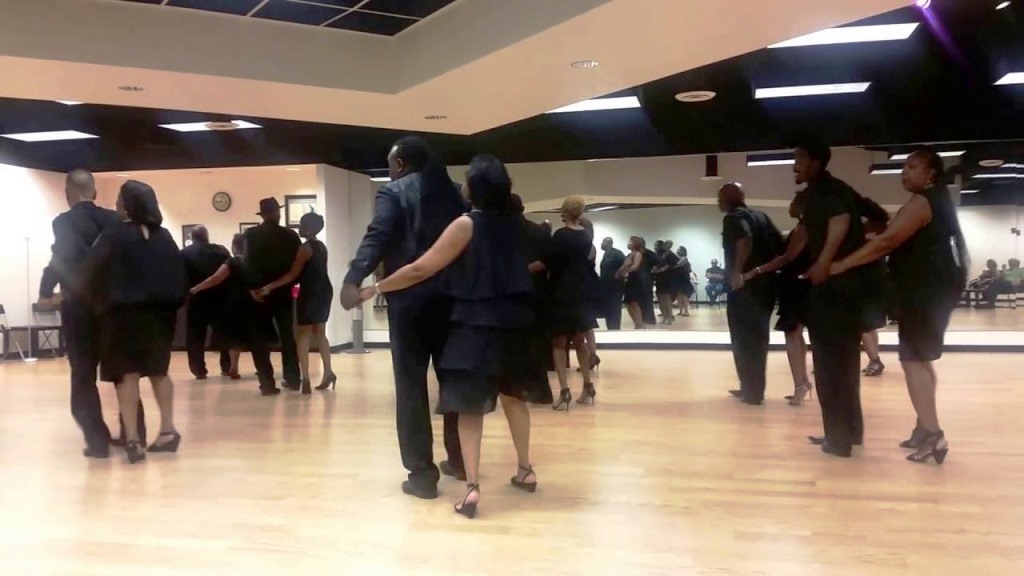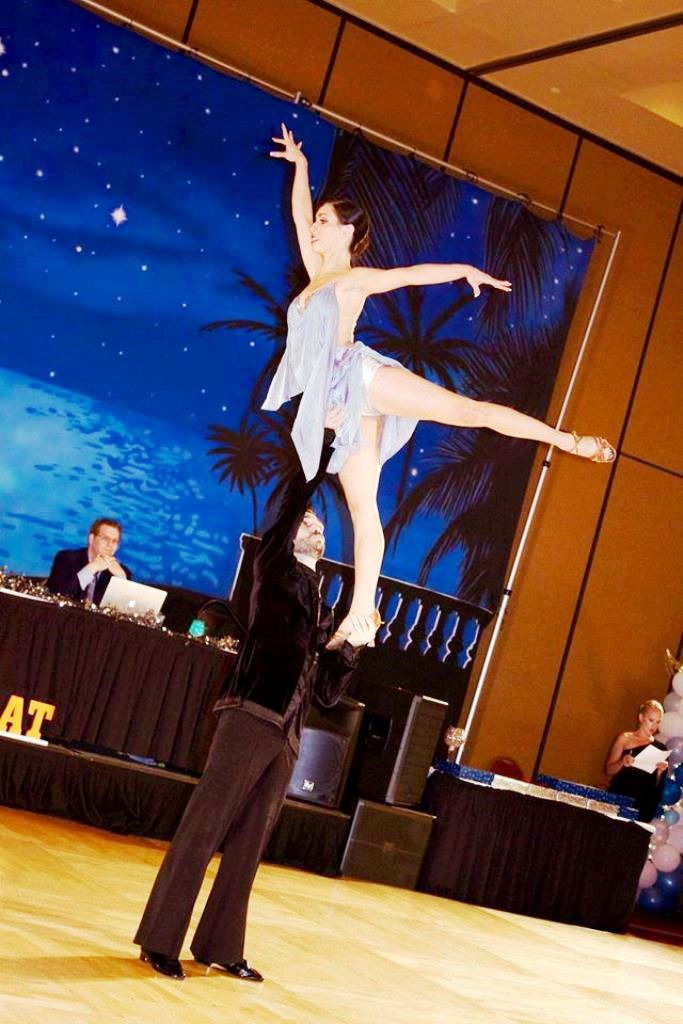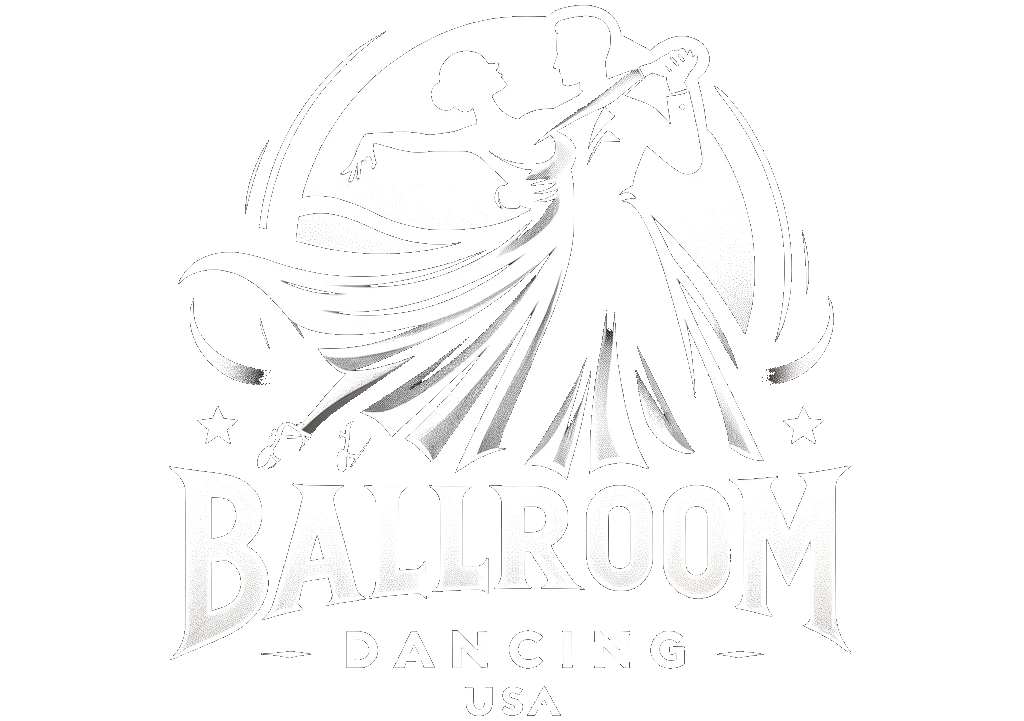
1. Introduction: What is a Ballroom Dance Association?
What is a Ballroom Dance Association?
Ballroom dance associations are organizations that promote and support the practice of ballroom dancing in the United States. These associations provide a range of services to dancers, including opportunities to take classes, compete, and participate in social events. They also provide resources for teachers, including certification programs and continuing education.
The primary purpose of a ballroom dance association is to foster and promote excellence in ballroom dancing. Through their events and programs, they help to ensure that dancers have access to quality instruction and a safe environment to practice. They also provide a platform for dancers to compete and showcase their skills.
The associations also provide resources for teachers, such as certification programs and continuing education. These programs help to ensure that teachers are up-to-date on the latest techniques and trends in ballroom dancing. By providing these resources, the associations help to ensure that ballroom dancing is taught in a safe and effective manner.
Types of Ballroom Dance Associations
There are several different types of ballroom dance associations in the United States. The most prominent is the National Dance Council of America (NDCA). This organization is the governing body for all competitive ballroom dancing in the United States. Other organizations include the United States Amateur Ballroom Dancers Association (USABDA), the National Ballroom Dance Association (NBDA), and the International DanceSport Federation (IDSF).
These associations are responsible for setting the standards for competitive ballroom dancing in the United States. They also provide programs and resources for teachers and dancers.
In addition to these organizations, there are also many local and regional ballroom dance associations. These organizations are typically smaller and more focused on their local communities. They often provide classes, competitions, and other events for their members.
Benefits of Joining a Ballroom Dance Association
Joining a ballroom dance association can provide a variety of benefits to dancers. These include access to quality instruction, a safe environment to practice, and the opportunity to compete and showcase their skills. Additionally, members of the associations can take advantage of resources such as certification programs and continuing education.
In addition to the benefits for dancers, ballroom dance associations also provide resources and support for teachers. These resources help to ensure that teachers are up-to-date on the latest techniques and trends in ballroom dancing.
By joining a ballroom dance association, dancers and teachers can benefit from the resources and support provided by the organization. This can help to ensure that ballroom dancing is taught and practiced in a safe and effective manner.
2. Overview of the Different Types of Ballroom Dance Associations
Overview of Different Types of Ballroom Dance Associations
Ballroom dance associations in the United States are divided into two main categories: competitive and social. Each type of association has its own unique characteristics and benefits for those who participate.
Competitive Associations
Competitive associations are those that promote and organize competitions for ballroom dancers. These organizations typically have strict rules and regulations that must be followed in order for a dancer to compete. The competitions are judged and prizes are awarded to the winners. These associations include the National Dance Council of America (NDCA), the United States Amateur Ballroom Dancers Association (USABDA), and the National DanceSport Association (NDSA).
Social Associations
Social associations are those that focus on the social aspects of ballroom dancing. These organizations typically have less strict rules and regulations and are more focused on the social aspect of dancing. These associations are great for those who want to learn ballroom dancing, make friends, and have fun. Some of the social associations include the National Ballroom Dance Association (NBDA), the United States Ballroom Dance Association (USBDA), and the National Ballroom Dance Education Council (NBDEC).
3. Examining the Benefits of Joining a Ballroom Dance Association
Examining the Benefits of Joining a Ballroom Dance Association
1. Professional Networking Opportunities
Joining a ballroom dance association can provide dancers with a great opportunity to network with other professionals in the field. By connecting with other dancers, teachers, and choreographers, members can learn about the latest trends and techniques, as well as get advice from more experienced dancers. This can be invaluable for those who are looking to advance their career in the ballroom dance world.
2. Access to Training Resources
Many ballroom dance associations offer members access to training resources, including instructional videos, seminars, and workshops. These resources can be extremely helpful for those who are just starting out in ballroom dancing or who want to brush up on their skills. By taking advantage of these resources, members can become more knowledgeable and confident in their dancing abilities.
3. Social Opportunities
Finally, joining a ballroom dance association can provide members with a great way to socialize with other dancers. Many associations host social events, such as parties and competitions, where members can meet and mingle with other dancers. These events can provide a great way to make new friends and enjoy the camaraderie of the ballroom dance world.
4. Exploring the Different Levels of Participation in Ballroom Dance Associations
Exploring the Different Levels of Participation in Ballroom Dance Associations
Ballroom dance associations offer a variety of ways for people to participate in the ballroom dance community. Depending on the association, there may be different levels of participation, from beginner to expert, and different types of membership.
Beginner Level Participation
For those just starting out in the world of ballroom dancing, beginner level participation may be the best option. This level of participation typically involves attending classes or workshops, or joining beginner-level competitions. Beginner level participation is designed to help those new to the sport learn the basics of ballroom dancing and gain confidence in their dancing abilities.
Intermediate Level Participation
Once a dancer has gained some experience, they may choose to move up to the intermediate level of participation. This level of participation typically involves attending more advanced classes or workshops, or competing at a higher level. Intermediate level participation is designed to help dancers hone their skills and gain experience in more advanced ballroom dances.
Expert Level Participation
For those who are more experienced in the world of ballroom dancing, expert level participation may be the best option. This level of participation typically involves attending specialized classes or workshops, or competing at the highest level. Expert level participation is designed to help dancers perfect their skills and gain experience in the most advanced ballroom dances.
Types of Membership
Most ballroom dance associations also offer different types of membership. Depending on the association, there may be different levels of membership, from basic to premium. Basic membership typically includes access to classes and workshops, while premium membership may include access to more specialized classes or workshops, or even competitions.
By exploring the different levels of participation and types of membership offered by ballroom dance associations, dancers can find the best fit for their individual needs and goals. With the right level of participation and type of membership, dancers can maximize their experience in the ballroom dance community.
5. Investigating the Impact of Ballroom Dance Associations on the Ballroom Dance Community
Investigating the Impact of Ballroom Dance Associations on the Ballroom Dance Community
What are Ballroom Dance Associations?
Ballroom Dance Associations (BDAs) are non-profit organizations that promote the art of ballroom dancing. They are responsible for organizing competitions, workshops, and other events to help promote the sport. BDAs also provide resources for dancers, such as training materials, certification programs, and scholarships.
How Do Ballroom Dance Associations Affect the Ballroom Dance Community?
Ballroom Dance Associations have had a significant impact on the ballroom dance community. Through their events, BDAs have helped to create a strong sense of community among dancers of all levels. They have also provided a platform for dancers to showcase their skills and gain recognition.
In addition, BDAs have helped to make ballroom dancing more accessible. Through their events, workshops, and resources, they have enabled more people to learn and practice the sport. This has helped to increase the popularity of ballroom dancing and create new opportunities for dancers.
What Challenges Have Ballroom Dance Associations Faced?
Ballroom Dance Associations have faced several challenges over the years. One of the biggest challenges has been financial. BDAs are non-profit organizations and rely on donations and sponsorships to run their events and services. This has been especially difficult during the pandemic, when many sponsors have been unable to provide the necessary support.
In addition, BDAs have faced challenges related to the changing nature of the ballroom dance community. As the sport has become more popular, the number of dancers has increased significantly. This has made it difficult for BDAs to keep up with the demand for their services and events.
What is the Future of Ballroom Dance Associations?
The future of Ballroom Dance Associations is uncertain. While the popularity of the sport is increasing, BDAs still face financial and logistical challenges. However, there is hope that with the help of sponsors and donors, BDAs will be able to continue to provide resources and events for the ballroom dance community.
Conclusion
Ballroom Dance Associations have had a significant impact on the ballroom dance community. Through their events, workshops, and resources, they have helped to make ballroom dancing more accessible and create a strong sense of community among dancers. Despite the challenges they face, BDAs remain an important part of the ballroom dance community and are essential to its continued growth and success.
6. Examining the Impact of Ballroom Dance Associations on the Dance Industry
Examining the Impact of Ballroom Dance Associations on the Dance Industry
Ballroom dance associations have had a major impact on the dance industry in the United States. These organizations are responsible for providing educational opportunities, setting standards, and promoting the art of ballroom dancing.
Educational Opportunities
Ballroom dance associations provide educational opportunities for dancers of all levels. They often host workshops and classes to teach different styles of ballroom dance. These classes can range from beginner to advanced levels and are often taught by professional instructors. In addition, many associations host competitions and events to promote the art of ballroom dancing.
Setting Standards
Ballroom dance associations also set standards for the industry. These standards include the rules of the dance, the proper etiquette for dancers, and the proper attire for competitions. These standards help to ensure that all dancers are following the same rules and guidelines, which helps to ensure fairness and safety.
Promoting the Art
Ballroom dance associations also promote the art of ballroom dancing. They often organize events and competitions to showcase the talent of dancers. They also provide resources for dancers to learn more about the art and become better dancers.
Conclusion
Ballroom dance associations have had a major impact on the dance industry in the United States. They provide educational opportunities, set standards, and promote the art of ballroom dancing. By doing so, they help ensure that ballroom dancing remains a popular and vibrant art form.
7. Conclusion: The Importance of Ballroom Dance Associations in the USA
Conclusion: The Importance of Ballroom Dance Associations in the USA
Ballroom dance associations play a vital role in the USA dance community. They provide a platform for dancers to come together and share their enthusiasm for the art form. They provide a safe and supportive environment for dancers to learn and practice their craft. They also provide a space for dancers to compete and showcase their skills.
In addition, ballroom dance associations help to preserve the history and culture of ballroom dance in the USA. They provide educational resources and support for dancers of all levels, from beginners to professionals. They also help to promote the art form and bring together dancers from different backgrounds and regions.
The importance of ballroom dance associations in the USA cannot be overstated. They are essential for the growth and development of ballroom dance in the USA. They provide a platform for dancers to come together and share their love of the art form, while also providing a safe and supportive environment for dancers to learn and practice their craft.
The Benefits of Joining a Ballroom Dance Association
The benefits of joining a ballroom dance association are numerous. Not only do they provide a platform for dancers to come together and share their passion for the art form, but they also provide educational resources and support for dancers of all levels. They also help to promote the art form and bring together dancers from different backgrounds and regions.
In addition, joining a ballroom dance association can be a great way to meet new people and make friends. Associations also provide a space for dancers to compete and showcase their skills.
In conclusion, the importance of ballroom dance associations in the USA cannot be overstated. They provide a platform for dancers to come together and share their love of the art form, while also providing a safe and supportive environment for dancers to learn and practice their craft. They are essential for the growth and development of ballroom dance in the USA.





